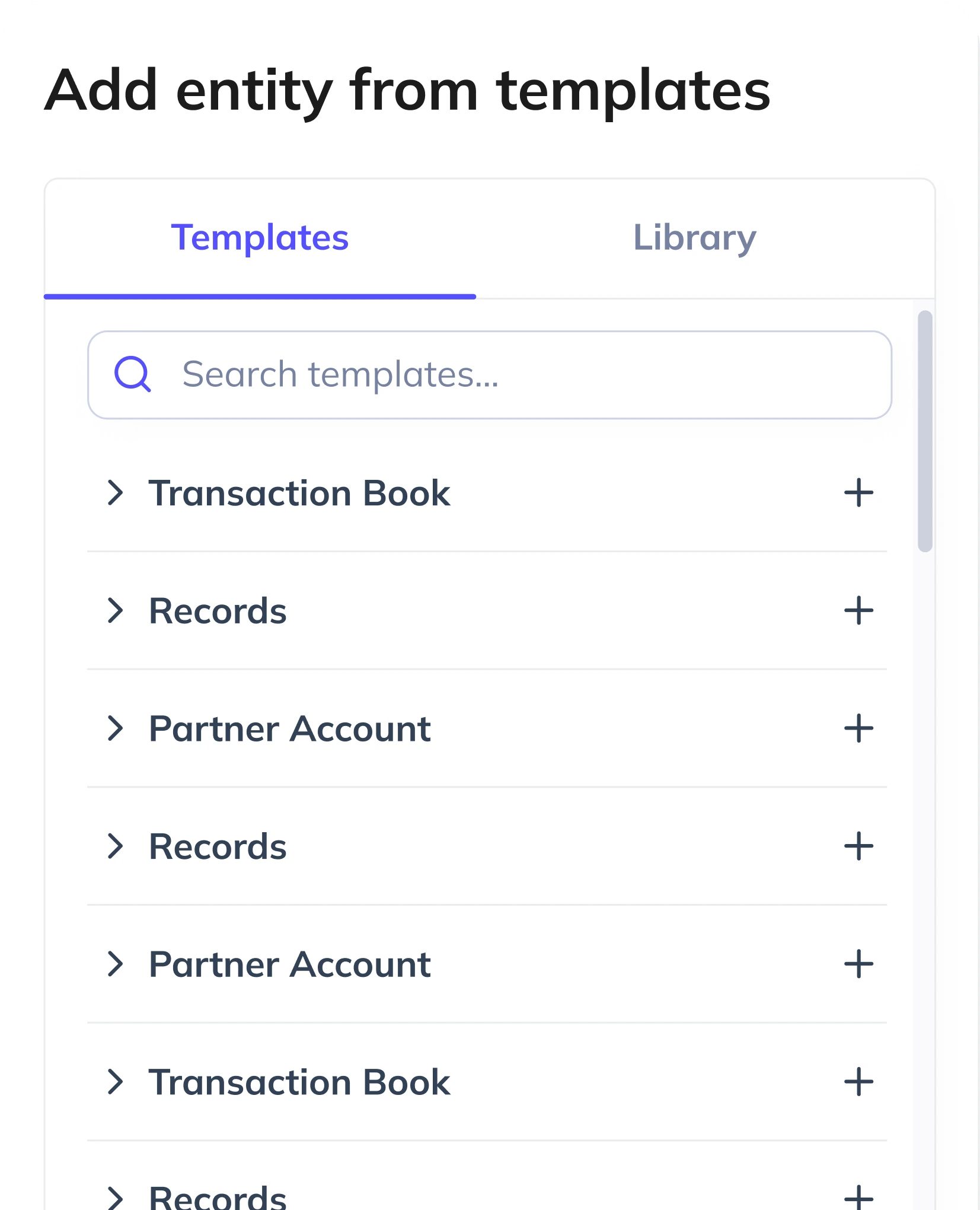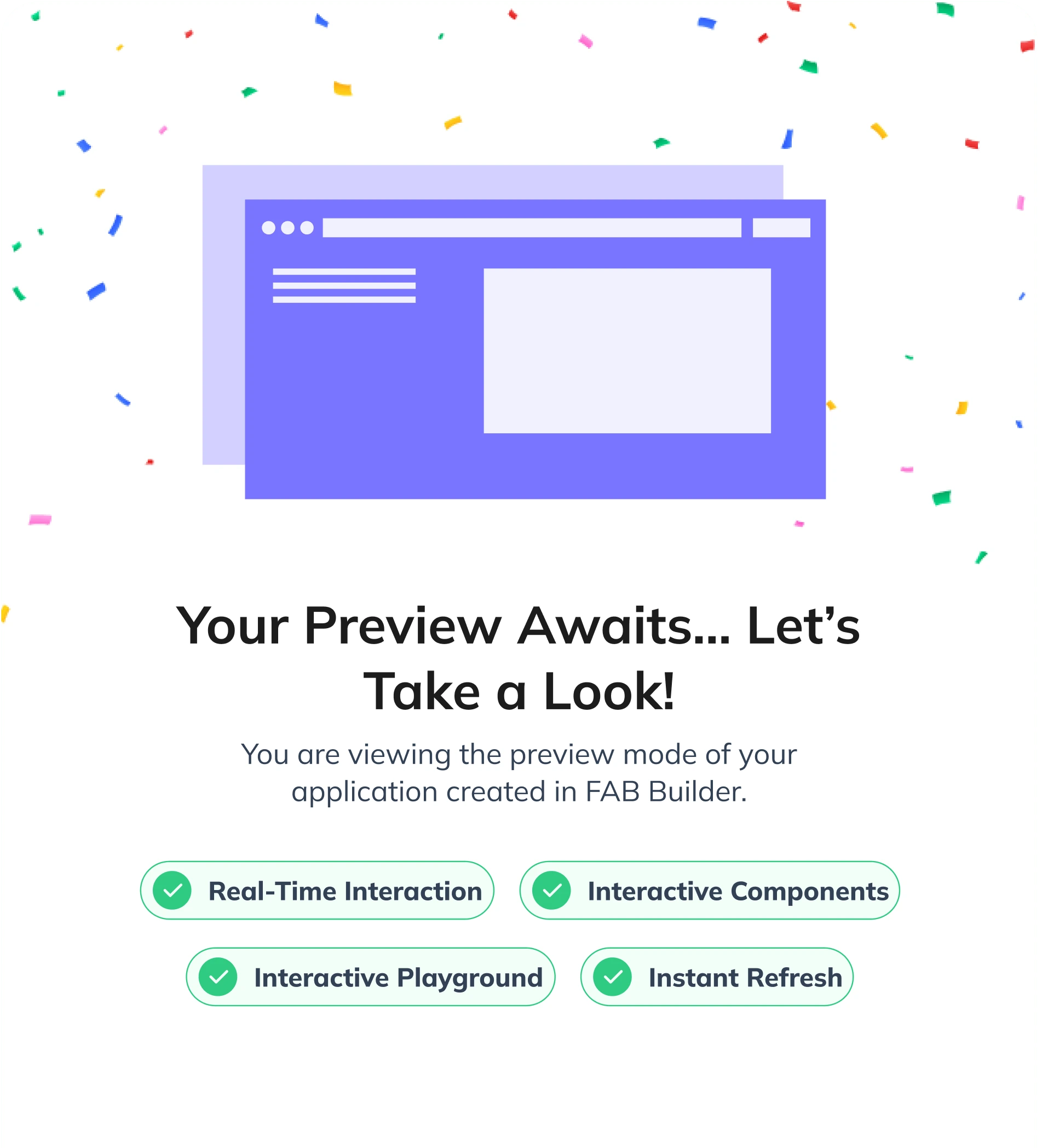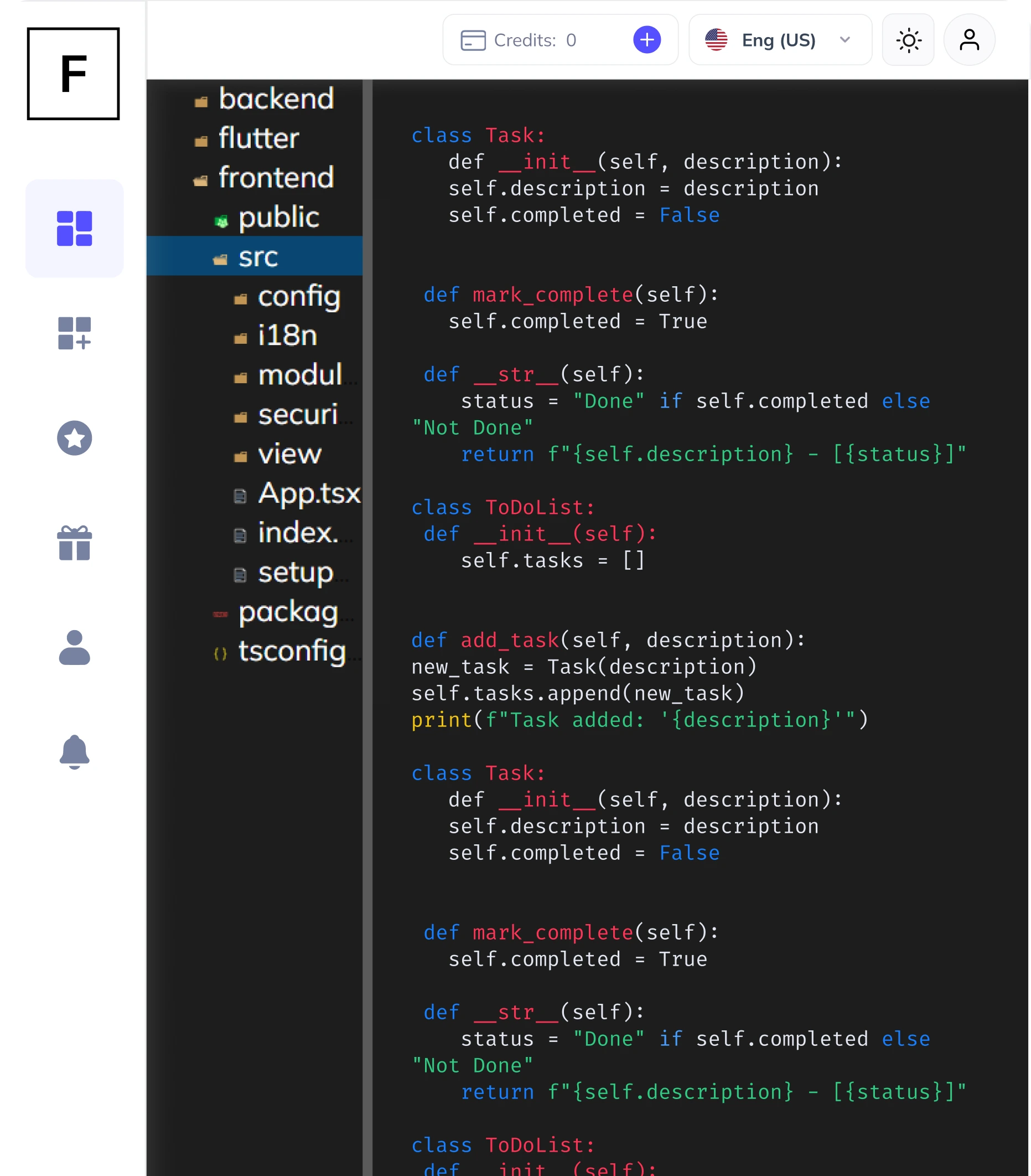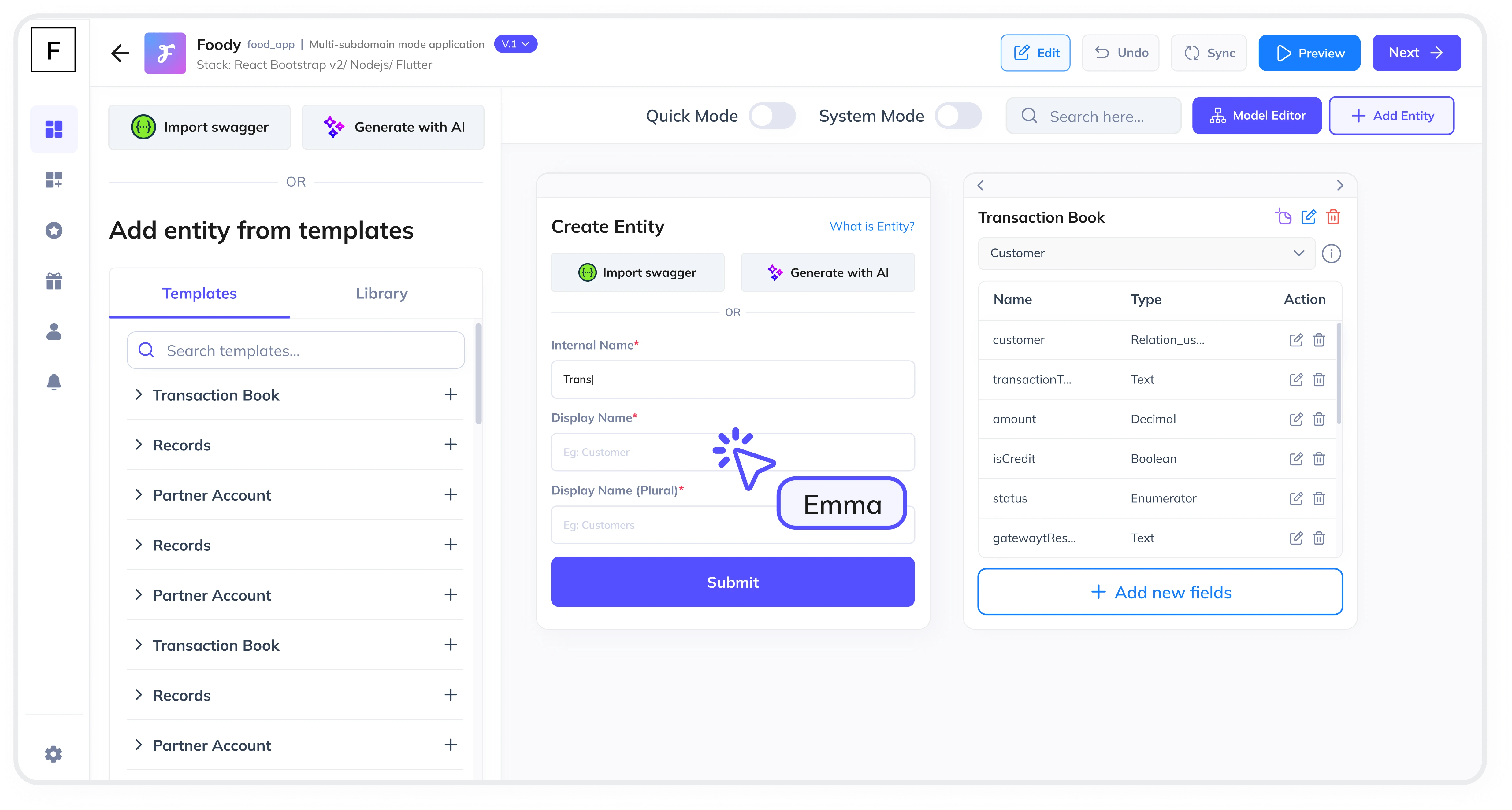Summarize and analyze this article with:
Social networking platforms thrive on user engagement, and one of the most critical features driving this engagement is the Content Sharing Module. This module allows users to share photos, videos, and updates seamlessly, making it a cornerstone of any social media application. In this guide, we’ll walk you through the step-by-step process of building a robust content sharing module, while also highlighting how FAB Builder can simplify this process for SaaS applications.
What is a Content Sharing Module?
A content sharing module is a core feature of social networking platforms that allows users to share multimedia content such as photos, videos, and text updates. It also includes interactive features like likes, comments, and shares, along with privacy settings to control who can view the shared content. Real-time updates and media galleries further enhance user engagement, making the platform dynamic and interactive.
Step 1: Define the Scope and Requirements
Before diving into development, outline the scope of your content sharing module. Consider the following:
- What types of content will users share? (e.g., photos, videos, text updates)
- Will there be file size or format restrictions?
- How will content be organized? (e.g., timelines, feeds, or categories)
- What role-based permissions are needed for content sharing?
Key features to include are:
- Multimedia Sharing: Allow users to upload photos, videos, and text updates.
- Captions and Tagging: Enable users to add captions and tag friends or locations.
- Privacy Settings: Provide options to control who can view the shared content (e.g., public, friends-only, or private).
- Interactive Features: Include likes, comments, and shares to foster engagement.
- Real-Time Updates: Ensure content updates appear instantly for all users.
- Media Galleries: Create a user-friendly gallery to display shared content.
- Content Editing Tools: Allow users to edit or delete their posts.
Step 2: Choose the Right Technology Stack
Selecting the right technology stack is crucial for scalability and performance. With FAB Builder, you can choose from a variety of stacks, including:
- MERN (MongoDB, Express.js, React, Node.js)
- MEAN (MongoDB, Express.js, Angular, Node.js)
- React with Tailwind, Bootstrap, or Material UI
- Vue, Angular, or Next.js for frontend
- Node.js, .NET, or Java for backend
FAB Builder’s flexibility ensures that your content sharing module can adapt to any tech stack, making it ideal for MVP development and scaling to production-ready applications.
Step 3: Design the User Interface
The UI/UX of your content sharing module should be intuitive and user-friendly. Key components include:
- A clean upload interface for photos and videos
- Preview options for shared content
- Interactive elements like likes, comments, and shares
- Role-based access controls for content sharing
Step 4: Implement File Storage and Management
Efficient file storage is critical for handling multimedia content. With FAB Builder, you can configure your file storage provider based on your needs:
- File System for local storage
- Google Cloud Storage (GCP)
- Amazon AWS S3 Bucket
- Other S3-compatible providers like Digital Ocean Spaces
FAB Builder also ensures that file uploads and retrievals are secured with multi-layer permissions, keeping your data safe.
Step 5: Add Bulk Data Import and Export Features
For businesses, the ability to import and export data in bulk is essential. FAB Builder automatically generates Excel templates for data import and allows role-based export for reporting or analysis. This feature is particularly useful for SaaS applications targeting B2B customers.
Step 6: Integrate Payment Gateways (Optional)
If your social networking platform operates on a subscription model or offers premium features, integrating payment gateways is a must. FAB Builder supports seamless integration with:
- Stripe
- RazorPay
- PayPal
- Android PlayStore and Apple Pay for mobile apps
Step 7: Test and Deploy
Once your content sharing module is ready, test it thoroughly for performance, security, and usability. With FAB Builder, you can deploy your application to the cloud with a single click, supporting AWS, GCP, and Azure.

Why Choose FAB Builder for SaaS Development?
FAB Builder is not just a low-code platform; it’s a comprehensive solution for building scalable, production-ready applications. With features like multi-tenant configurations, you can create SaaS applications and sell subscriptions to B2B customers effortlessly. Plus, all generated code is downloadable, ensuring complete ownership of your intellectual property.
Bonus Tip: Build SaaS Applications with FAB Builder
If you're looking to create a social networking platform as a SaaS product, FAB Builder's multi-tenant configurations allow you to sell subscriptions to B2B consumers. With full source code access and no strings attached, you can customize and scale your application to meet your business needs.
Conclusion
Building a content sharing module for social networking platforms is a complex but rewarding task. By following this step-by-step guide and leveraging the power of FAB Builder, you can create a feature-rich, scalable, and secure module that enhances user engagement and drives business growth.


















